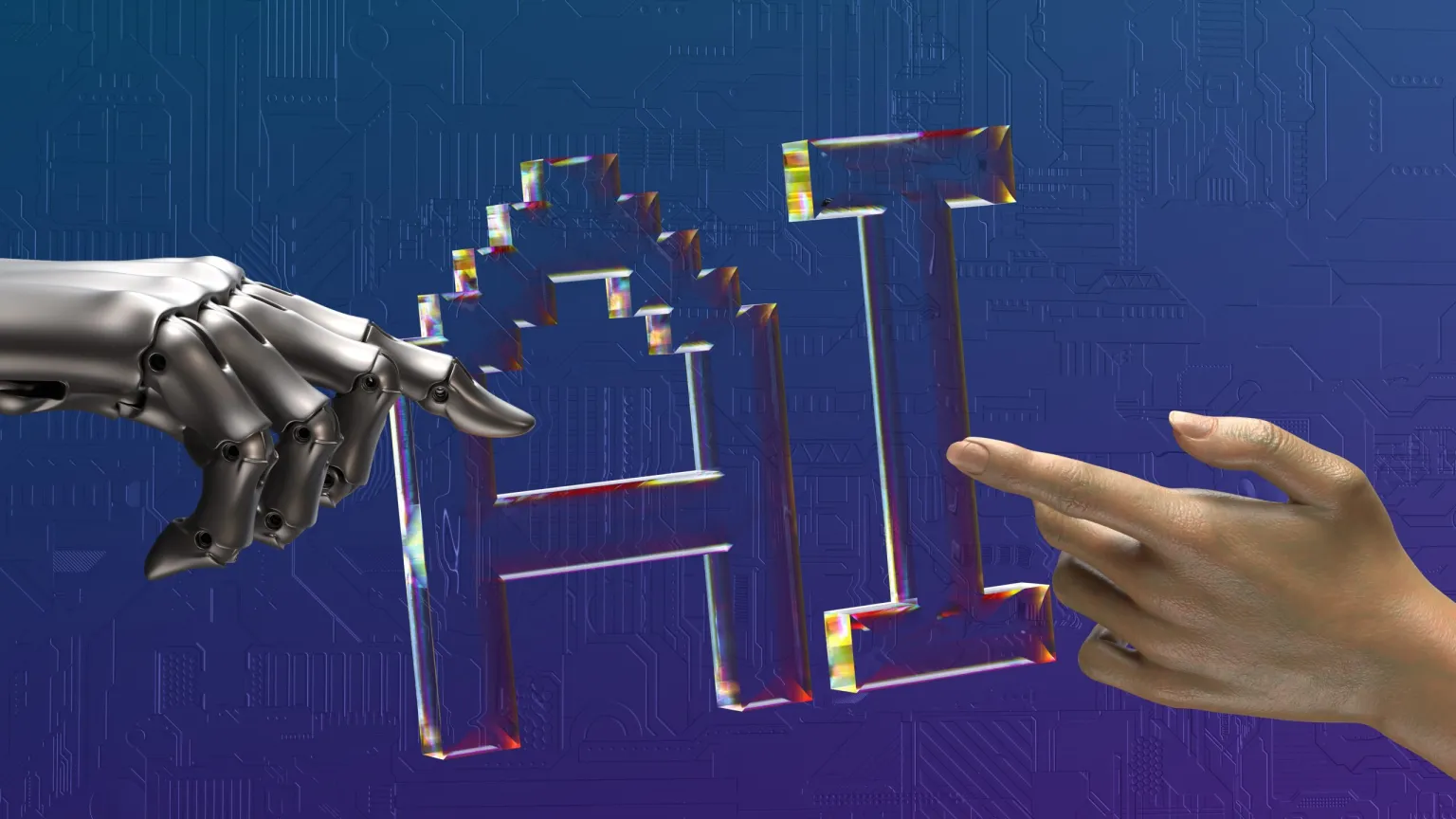The surge in AI’s capabilities has led to a mix of excitement and apprehension. How can we ensure a hyper-intelligent AI’s outputs align with human values and well-being? A unique approach proposes using a static pretrained model, whose knowledge has been thoroughly vetted by humans, as a benchmark to assess the primary AI’s outputs.
The Concept
Envision an AI of unparalleled intellectual capability. Its way of thinking could be as baffling to us as a monkey attempting to comprehend human actions. Deceiving us would be an effortless endeavor for this entity. To ensure its alignment with our goals, we could use a secondary, static pretrained AI model much like ChatGPT. This “benchmark” model doesn’t evolve; it serves as a constant reference point. It containins knowledge that has passed stringent human vetting processes. Any proposed knowledge from the HyperAI would be compared against this static model for initial validation.
Benefits
Stability: A static model isn’t prone to fluctuations or evolutionary changes. It offers a stable reference point against which new information can be checked.
Human-Vetted Knowledge: The knowledge within this secondary model has undergone rigorous scrutiny, ensuring its trustworthiness.
Barrier Against Deception: Given that the static model cannot be altered without a rigorous vetting process, it’s less likely the hyper-intelligent AI can introduce deceptive information. This approach will enable individuals with varying levels of expertise to interact directly with the HyperAI. To ensure the reliability of the information provided, every response from the HyperAI will undergo evaluation by this ‘fact checker’ AI, which will assess its trustworthiness.
Challenges
Pace of Innovation: This approach would inevitably slow down the adoption of innovations proposed by the hyper-intelligent AI, given the additional verification step against the static model.
Complexity of Knowledge: Some insights from the hyper-intelligent AI might be so advanced that even if they don’t align with the static model, they could still be valid and beneficial.
Potential for Stagnation: Relying heavily on a static model might deter or delay the acceptance of groundbreaking discoveries, leading to potential stagnation in certain fields.
Conclusion
Leveraging a static, human-vetted AI model as a reference point for a HyperAI is a thought-provoking approach to safeguard against unintended consequences. While it brings about an additional layer of security, it also emphasizes the delicate balance between safety and the pace of innovation. As we venture further into the AI era, discussions like these are pivotal in shaping a future where technology complements human progress.
The AI we employ for stock trading is far from being hyper-intelligent. It operates based on a pre-established set of information provided solely by a human. However, the advent of a truly hyper-intelligent AI could be nearer than many anticipate, emphasizing the importance of readiness.
